What do we do with a plastiglomerate? Contemporary arts grapple with the extinction possibility
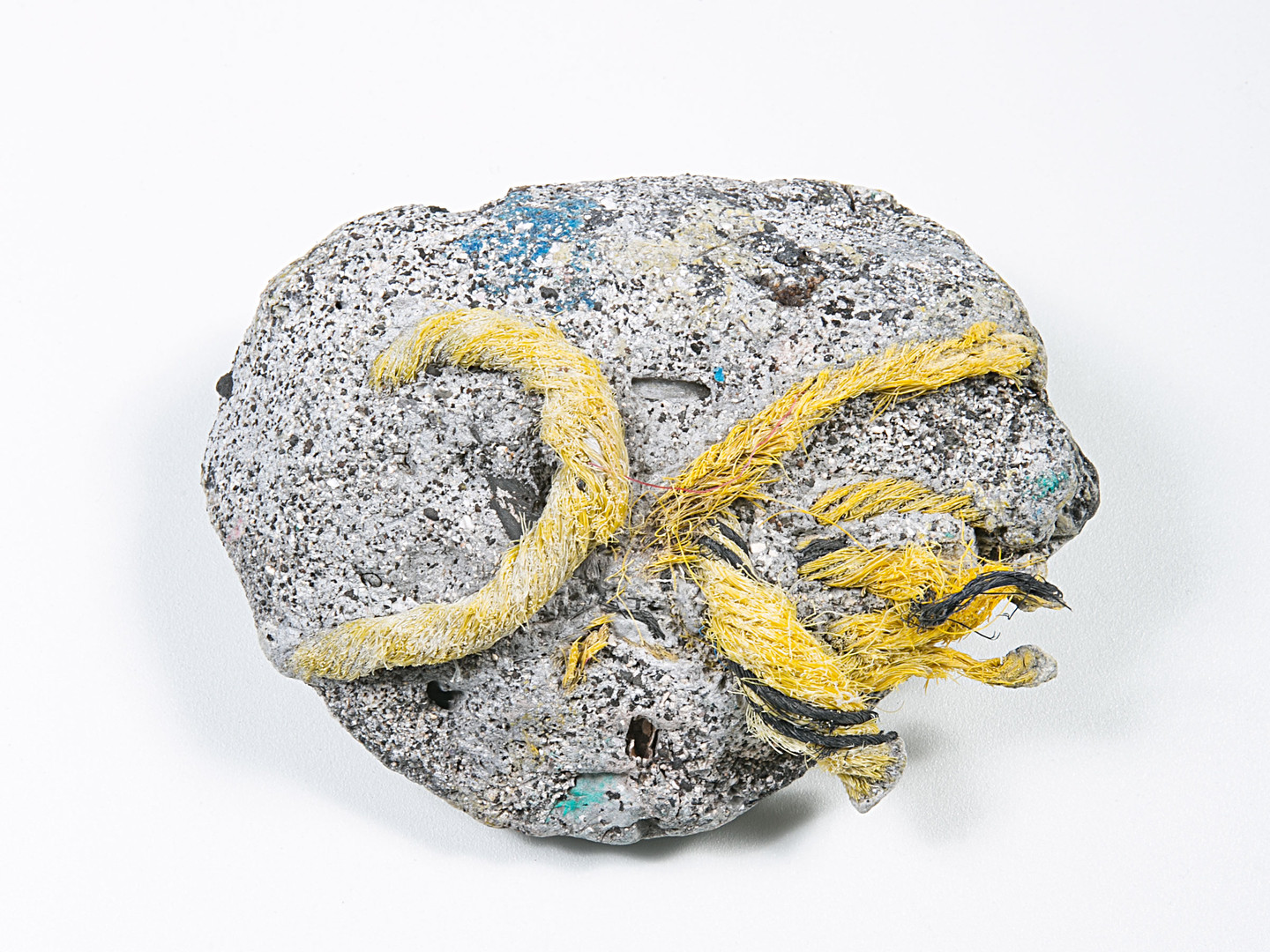


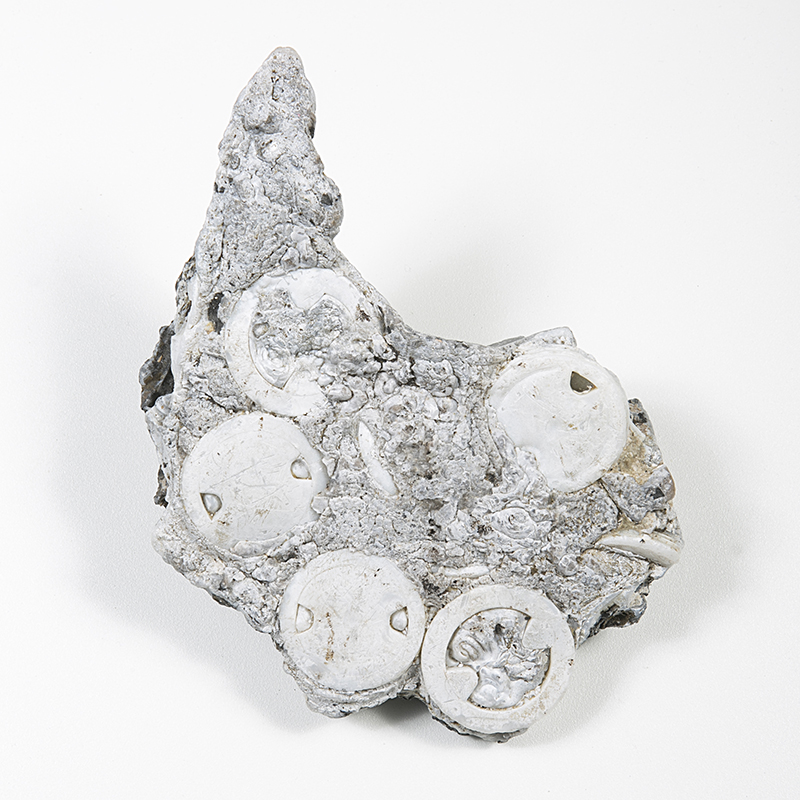
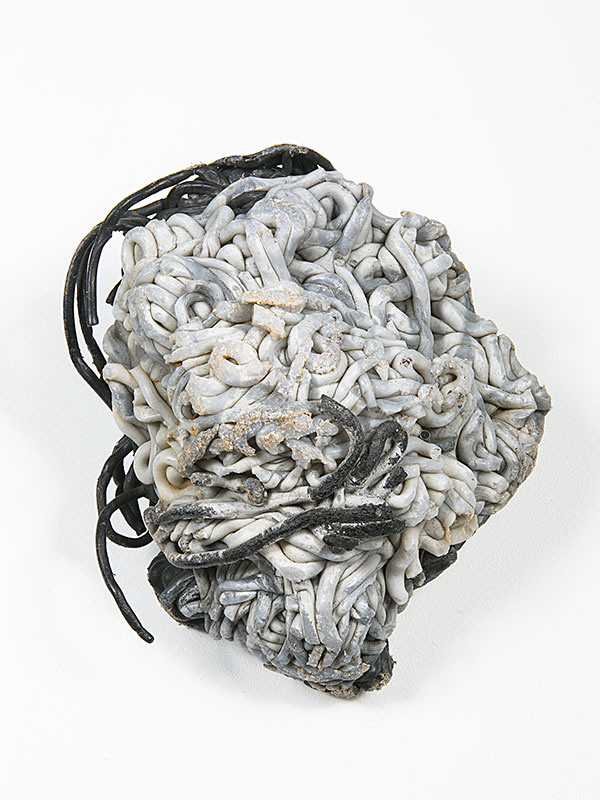
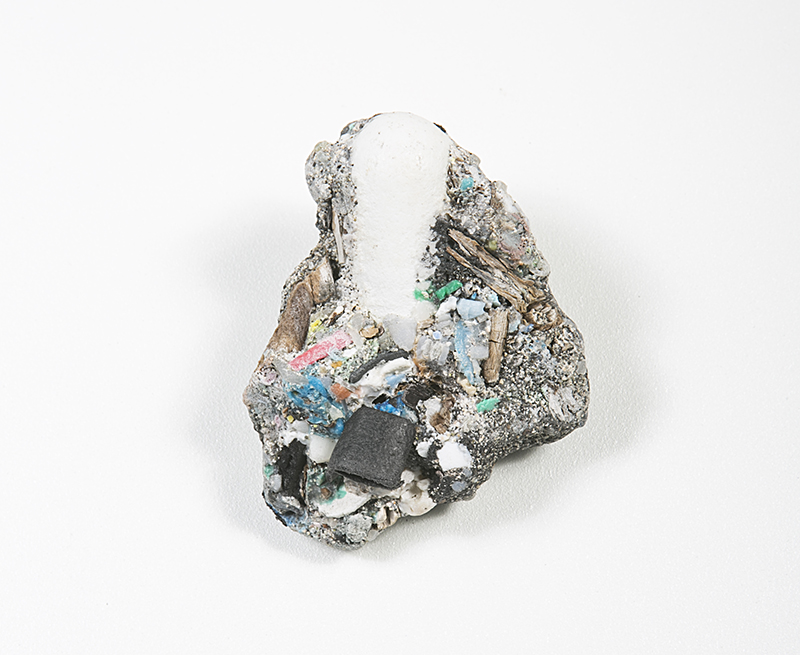
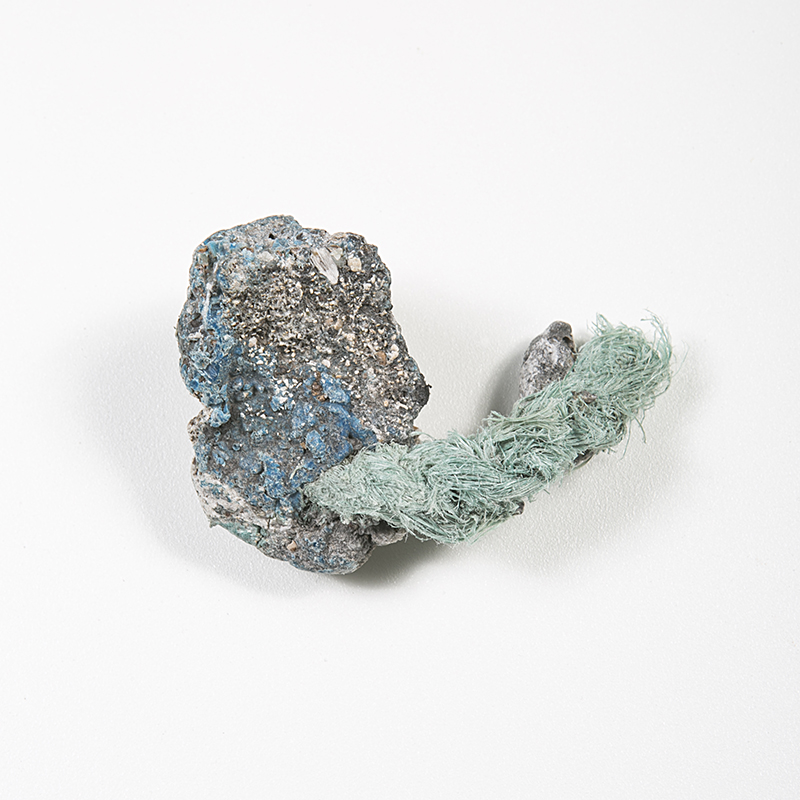
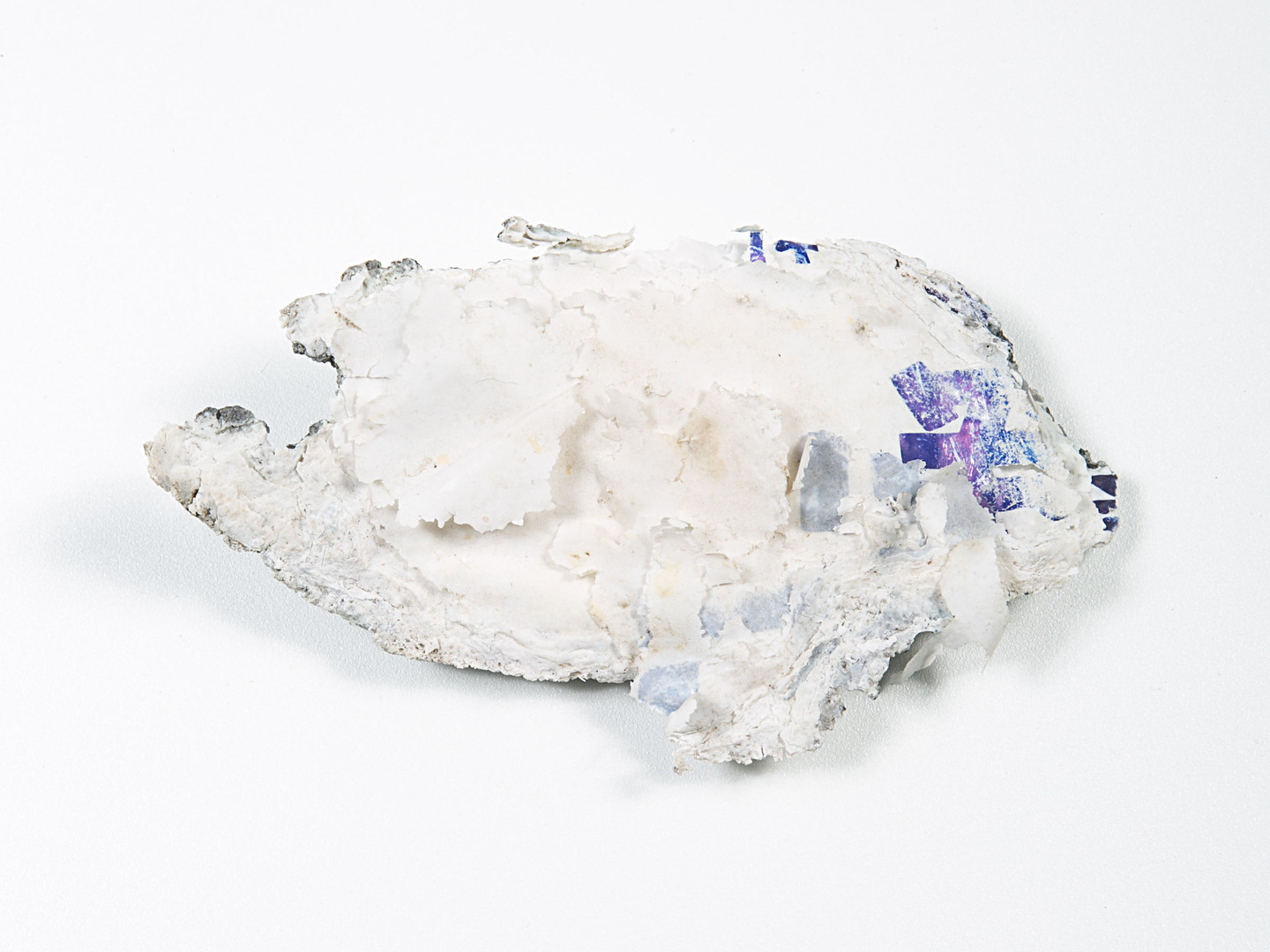
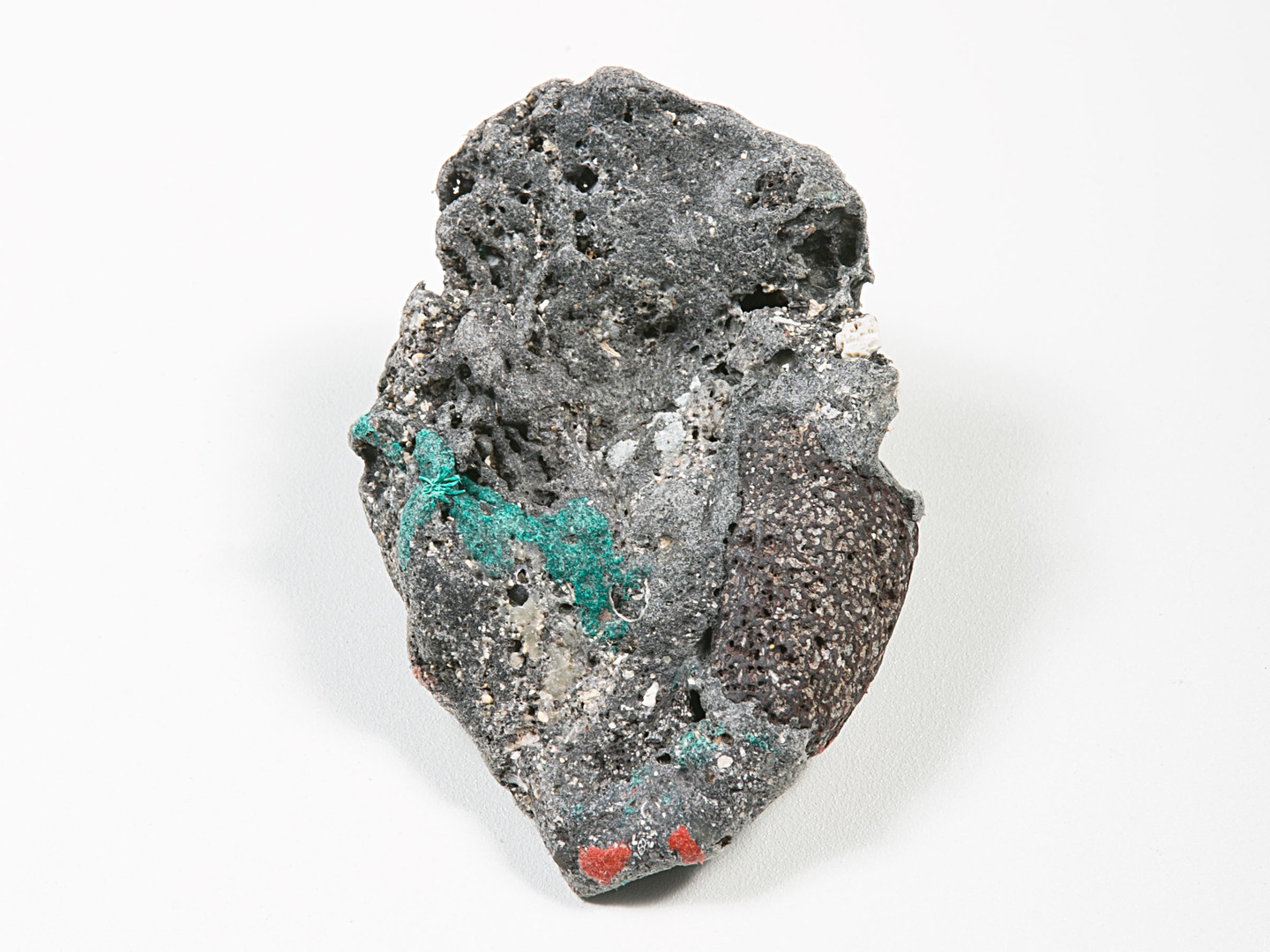
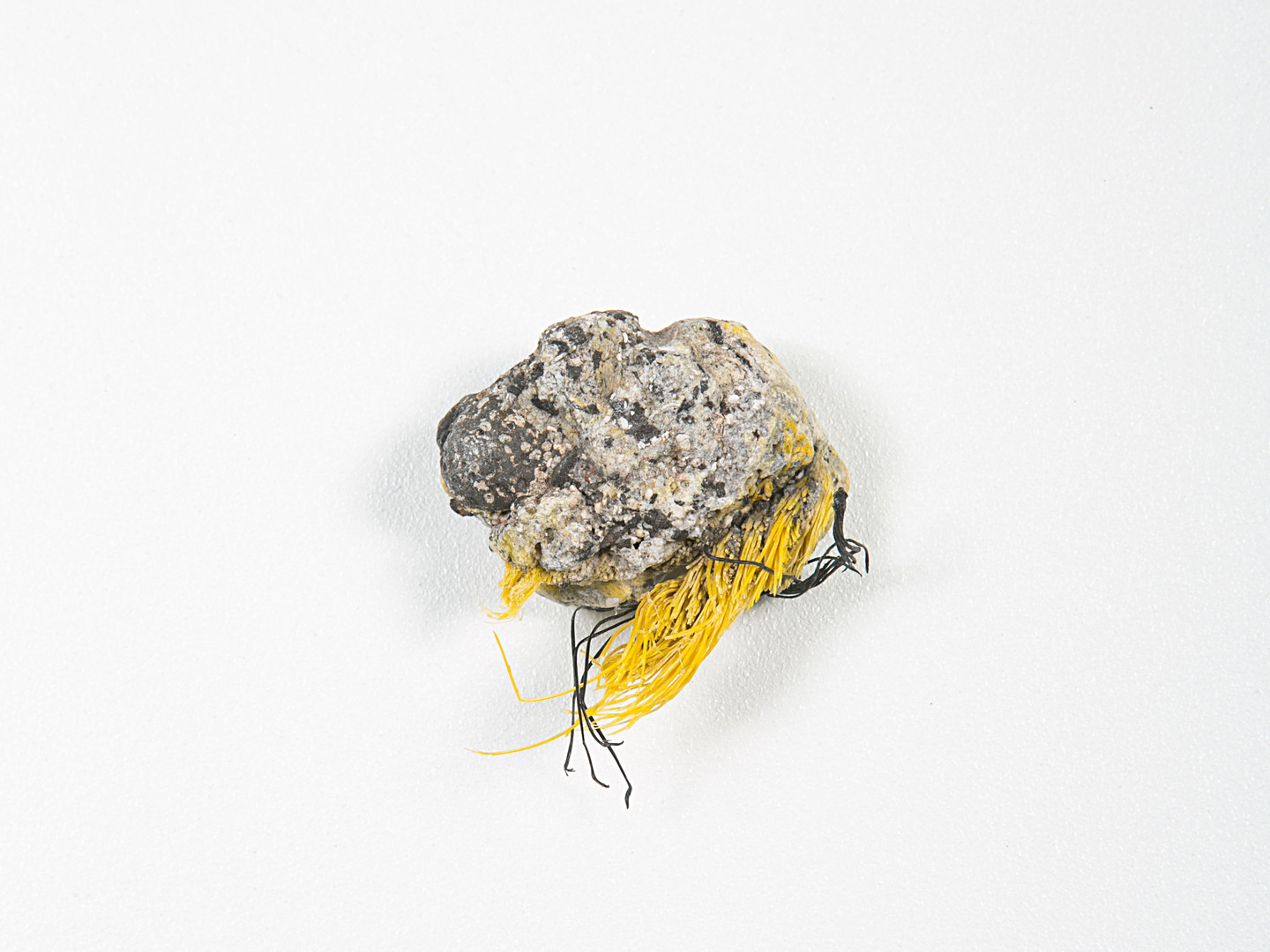
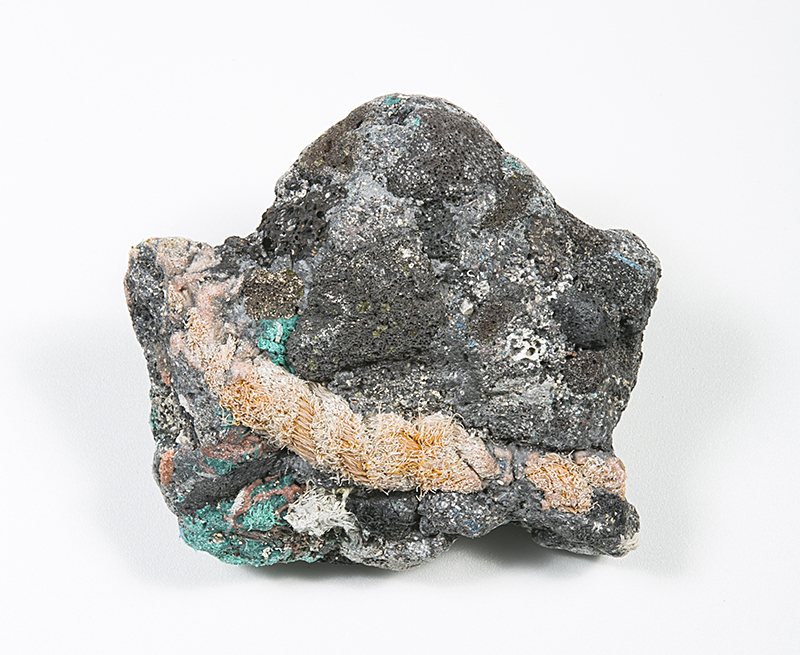
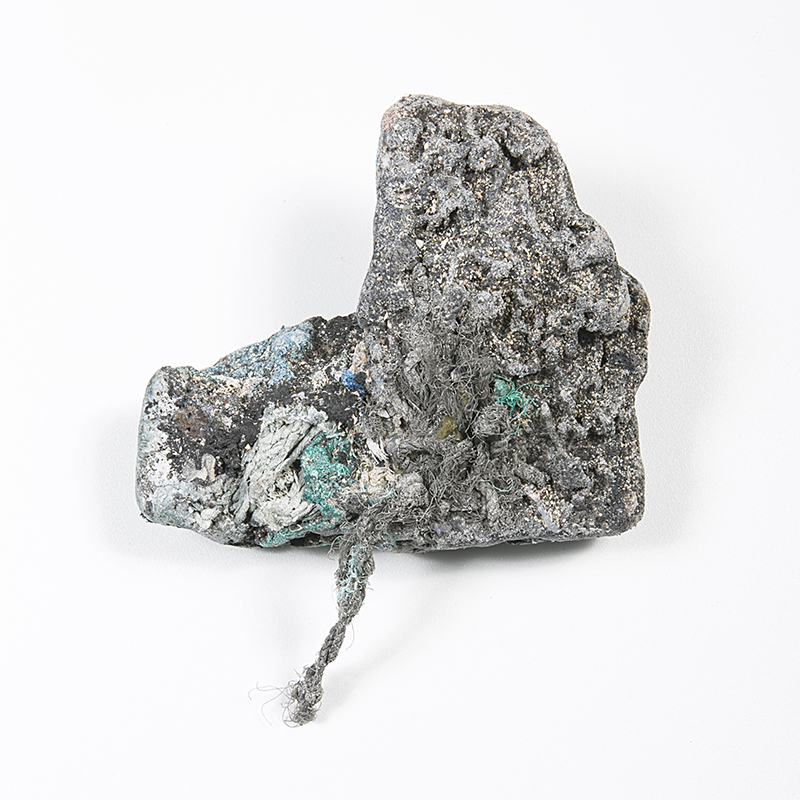
Kelly Jazvac’s plastiglomerate stones
What are these things? They are “plastiglomerates”, a sand-and-plastic conglomerate made by both volcanic activity and beach fires in Kamilo Beach, Hawaii.
According to e-Flux, “molten plastic had also in-filled many of the vesicles in the volcanic rock, becoming part of the land that would eventually be eroded back into sand”. A scientist contacted the artist Kelly Jasvac about them in 2016, and since then she has decided to curate them in exhibitions globally (the current one is Broken Nature at the Milano Triennale).
As the best art does, to contemplate these objects throws up flurries of questions, especially in the acute climatic context we find ourselves in:
Are they monstrous cautions as to the kind of nature we are bequeathing future generations - one choked and entangled in the plastics that we have wrenched out of the ground via petroleum exploitation?
Alternately, we could regard them as a new form of “ready-made”, as art practice calls artwork that is found in the human environment - except that what these are pointing to is our deep responsibility for crafting the natural development of the planet?
Or is this a warning to humans that, for all their assumptions that the fate of their civilisation is what matters, the natural processes of the earth - breaking down materials into their elements, transmuting substances - will persist long after we ceased our endeavours?
The Milan Broken Nature exhibition is a stunning curation of objects and practices (list here). They’re gathered together from the shocking perspective of humans’ inevitable extinction - and a consideration of what we would leave behind, as a legacy we might be proud of (see interview here). Some examples below:
Transitory Yarn, Alexandra Fruhstorfer:
Transitory Yarn is a material designed for manufacturing garments using knitting technology. The reproduction process around Transitory Yarn makes it possible to TRANSFORM A GARMENT SEVERAL TIMES OVER ITS LIFECYCLE through a process of unraveling a reknitting over and over again.
With this project we address the fact that global textile industry consumes a tremendous amount of resources following an equal load of waste in disposal. Cheap production methods are not only harming the environment, but also endanger local small businesses globally, benefitting only few multinational corporations.
The project celebrates a deliberate transience of objects, based on the selection of high quality production material. It aims to provide a counter-concept to the capitalist strategy of planned obsolescence in current manufacturing processes. Honoring the resource with the poetry of transience as starting point for something new.
Disassembled washing machine (full Vimeo here)
Ore Streams by Formafantasma. From a Fast Company article:
In 2080, less than a generation from now, the world is on track to hit a crucial geological milestone. According to the Amsterdam-based designers Andrea Trimarchi and Simone Farresin, the largest metal reserves will no longer be below ground. They’ll be above it, embedded in smartphones, appliances, and other forms of wealth, which will “stream freely across the the surface of the planet–as if through a continuous, borderless continent.” Instead of mining ore from the earth, it will be “remined” from the millions of tons of e-waste that the world produces.
Trimarchi and Farresin, who run the studio Formafantasma, have spent the last few years reckoning with design’s role in the production of more and more objects and more and more waste. They’ve interviewed recyclers, activists, policymakers, and other experts… They’ve also produced a series of videos, visualizations, and physical objects based on their research.
All of their research is available online as a media-rich website, too. “We believe it is important to share with others our findings and to offer the opportunity to appropriate our own research,” the founders say over email. “We did not envision this outcome at the beginning of the project. Nevertheless we felt the urgency to give more context to the work.”
It turns out that ore (a term for rock from which any valuable metal can be derived) can tell you a lot about how capitalism came to be. Ore Streams zeroes in on that unsettling history, tracing how design helped establish the immensely wasteful way products are manufactured, consumed, and discarded today.
More here from DesignBoom, and an interview with the Broken Nature curator.


